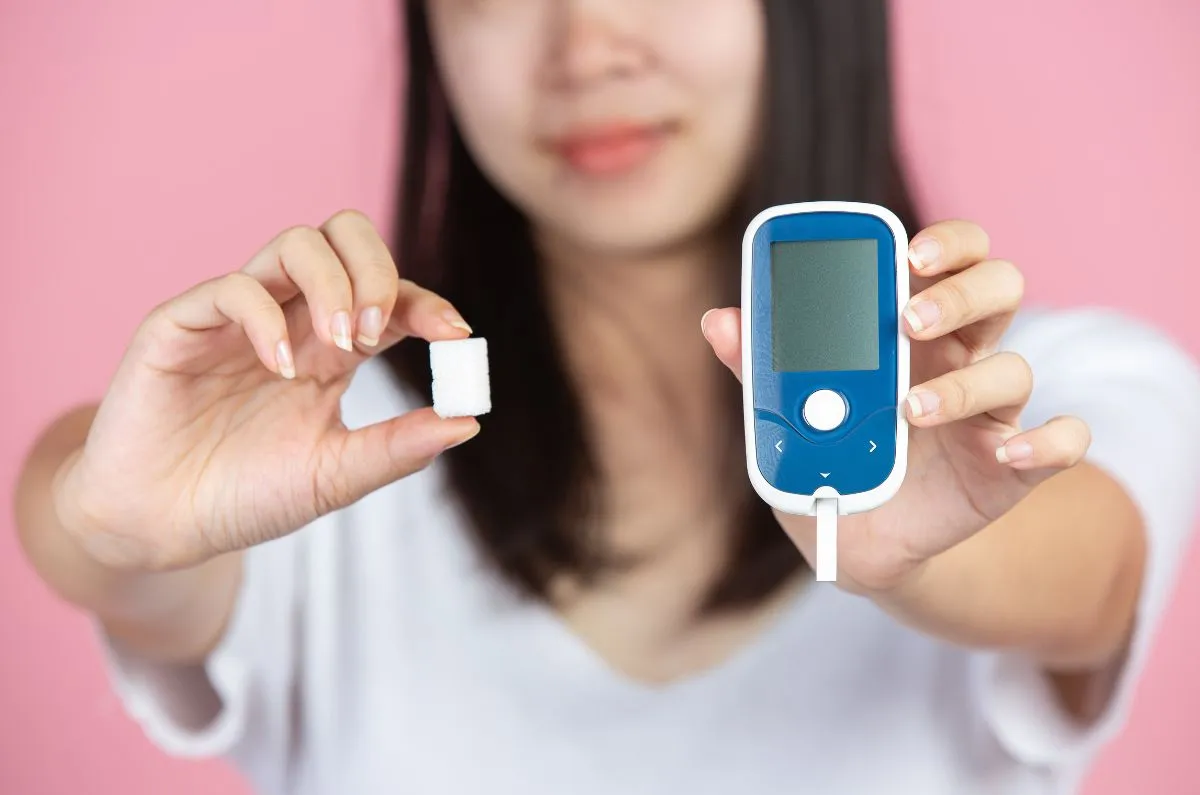The natural sweeteners par excellence are sugars, our body’s main source of energy.
Chemically speaking, sugars are carbohydrates and there are different types depending on the composition of their molecules.
The most familiar sugar is sucrose, which is composed of two simpler sugars: fructose and glucose.
Nature manufactures sugar from sunlight. The process begins in the field, when sucrose is synthesized inside the plants capable of producing it, thanks to the energy they take from the sun during photosynthesis and from their nutrients that come from the soil.
When the juice of the ground cane, rich in sucrose, is isolated and extracted, it crystallizes in the form of the white powder that we are familiar with.
All sugars are carbohydrates and contain 4 calories per gram (proteins, fats and alcohol have 4, 9 and 7 calories per gram, respectively). They are also utilized in the same way by the body.
After digestion, sugars travel through the bloodstream to the body’s cells where they are used for energy, help metabolize fat, form proteins or are stored for later use. Sugar thus fulfills roles far more relevant than only that of sweetening food.
Of course, this is key: without the sweet taste, many foods would not be consumed due to lack of appeal, and we would be malnourishing ourselves.
Other roles in which sugar plays a leading role are, for example, that of oral rehydration of the sick and children (glucose serum), rapid coagulation of wounds as well as wound disinfection and even the cure for hiccups, reported medically in 1971.
But if we talk about disadvantages, we associate them with the famous dental cavities, but is sugar the real cause? According to the latest studies on this subject, experts around the world agree that sugar consumption is not responsible for the prevalence of tooth decay.



